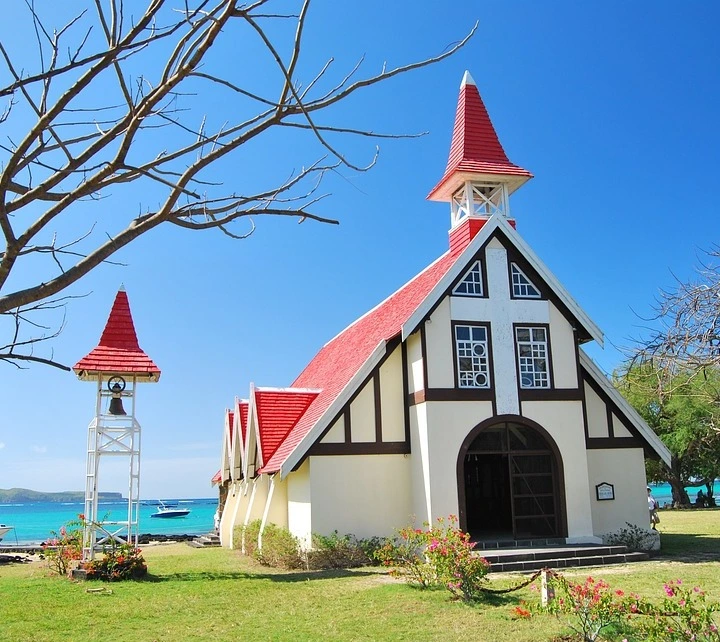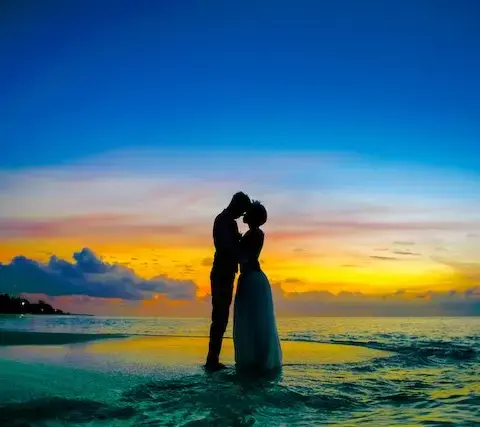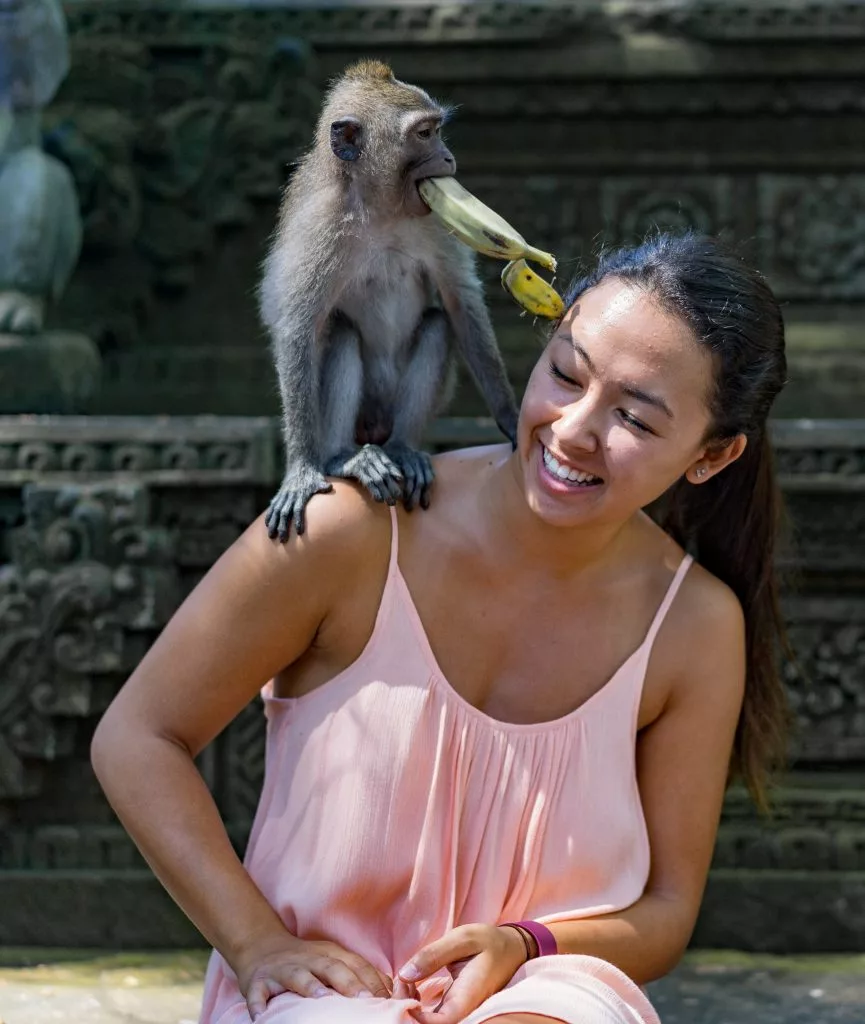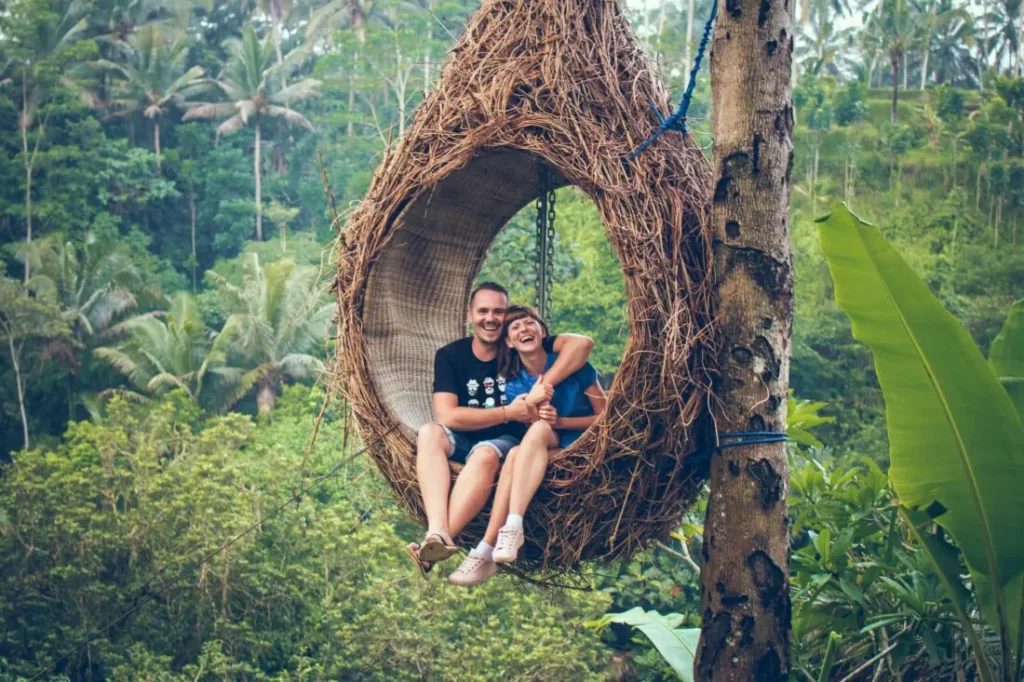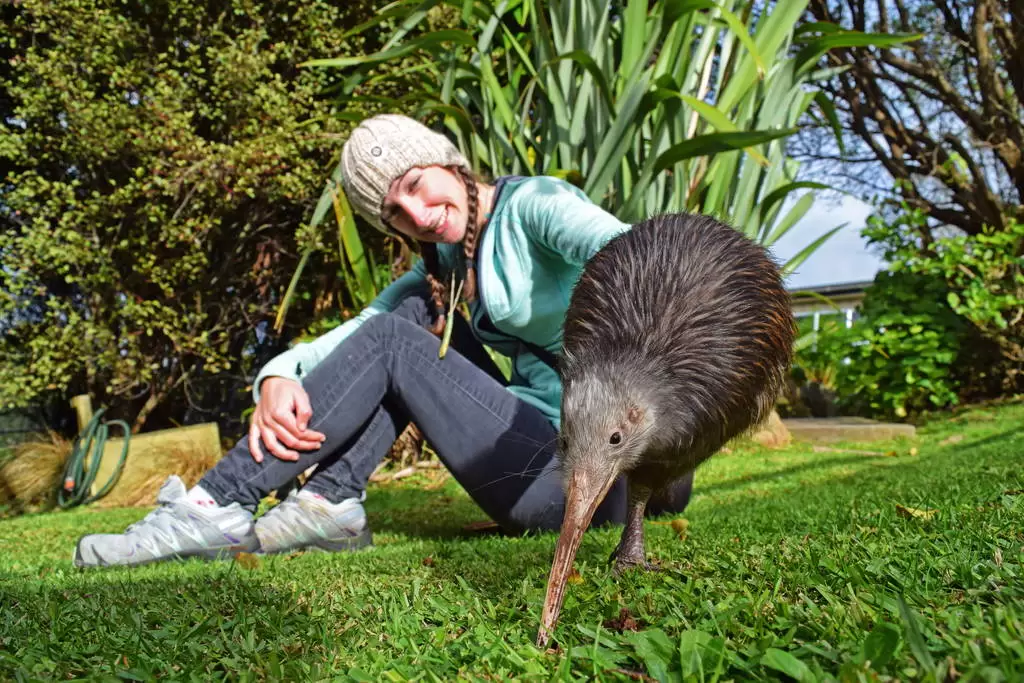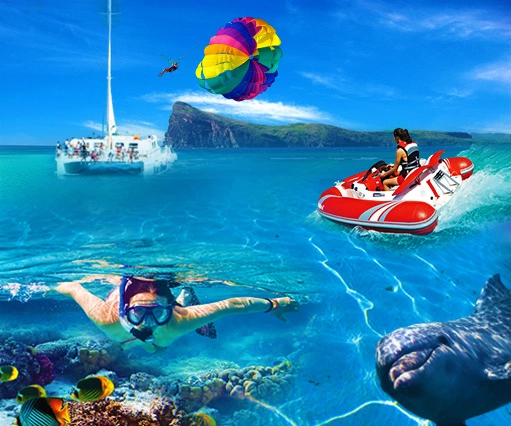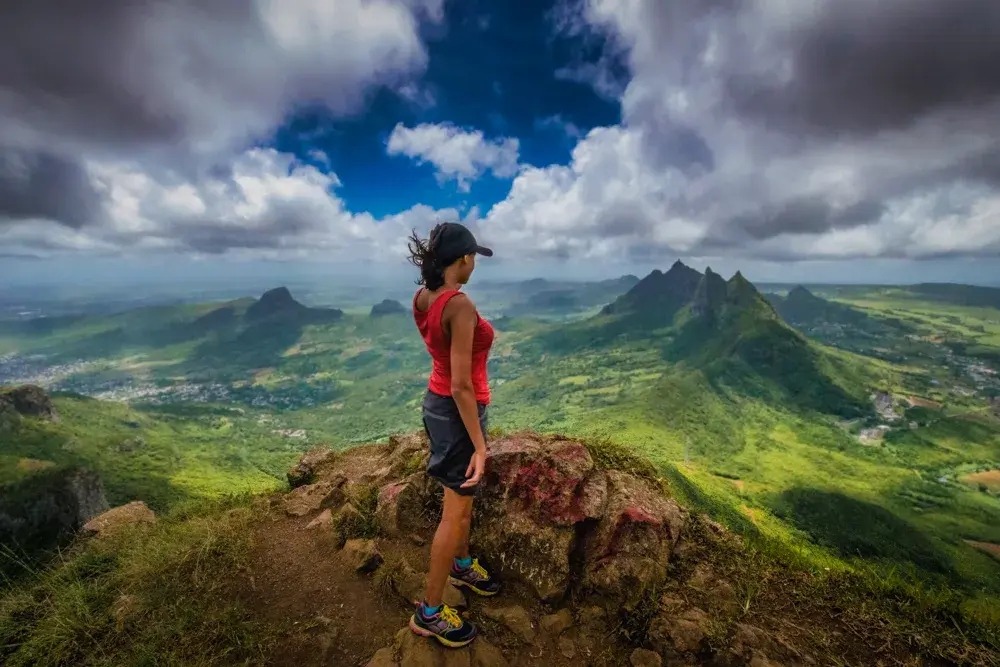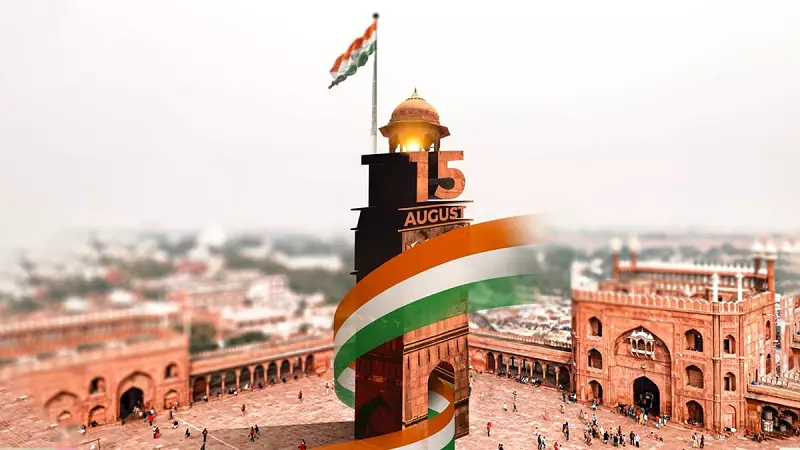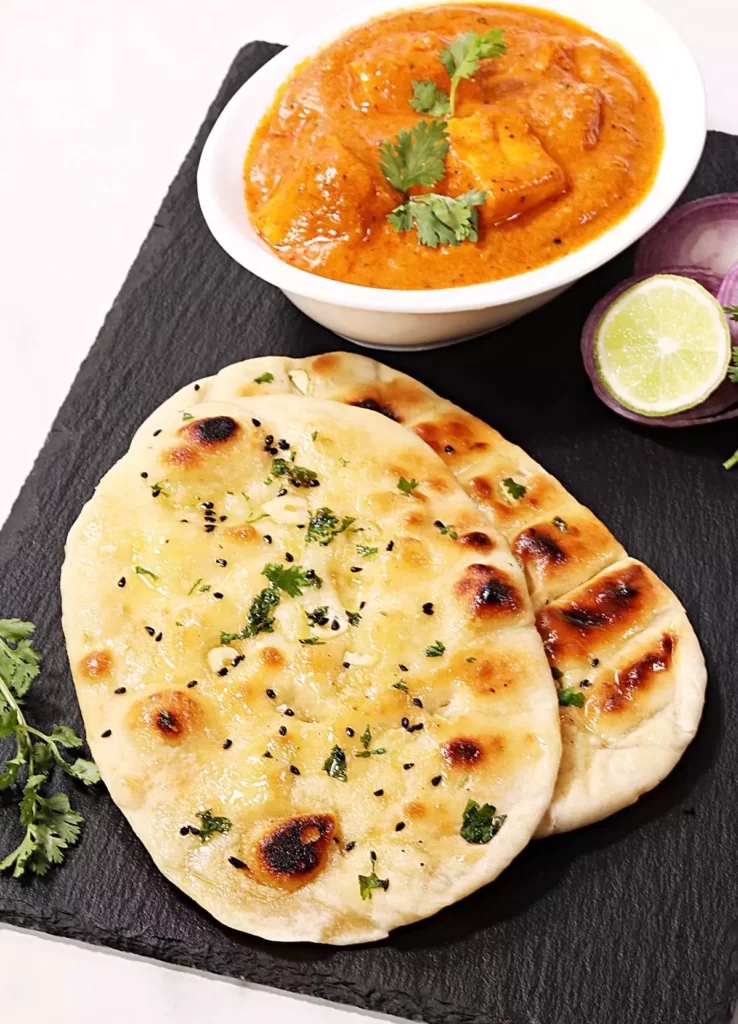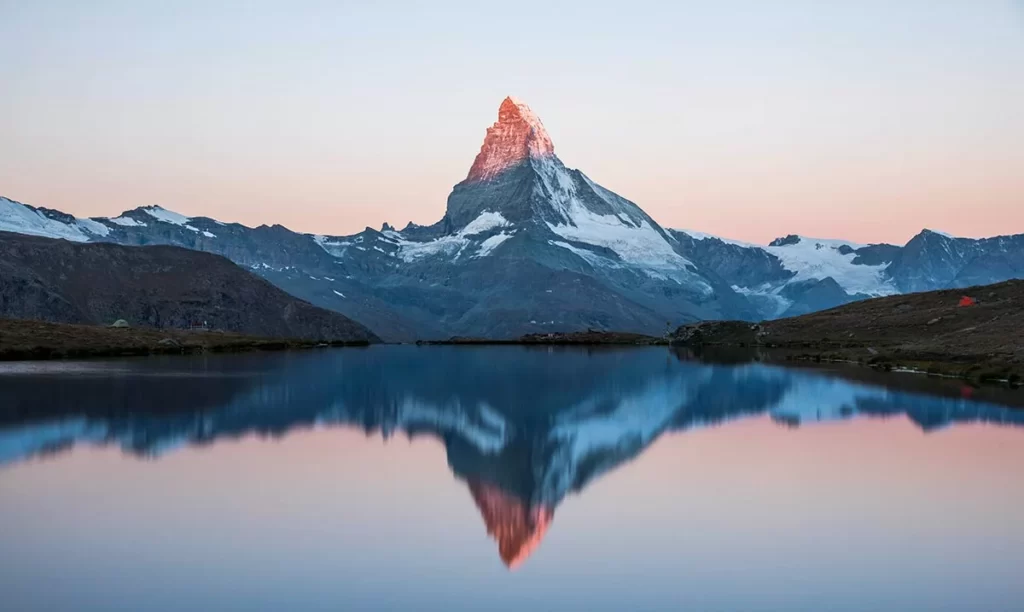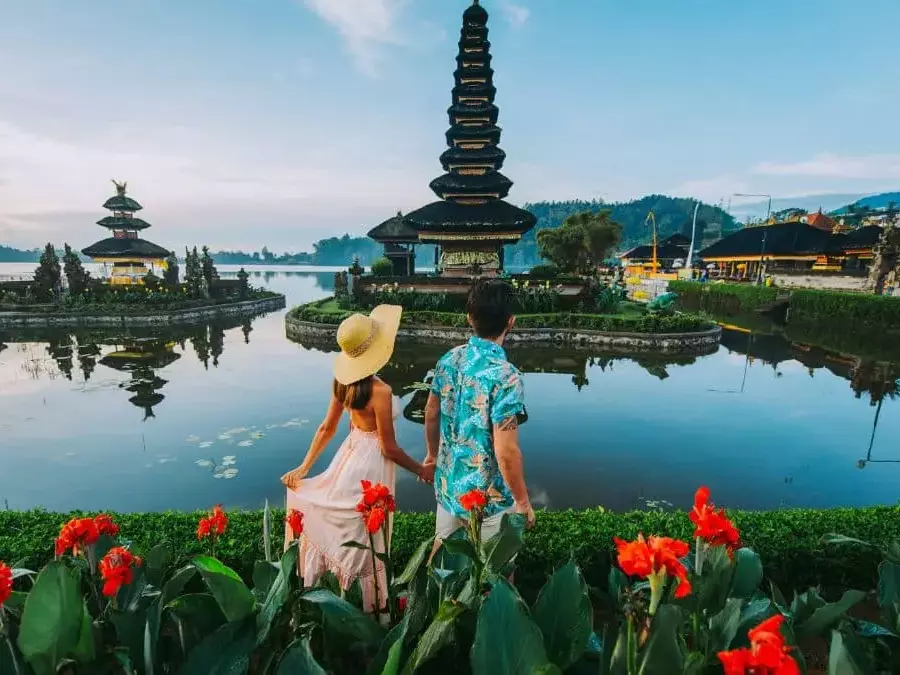The Ultimate Mauritius Travel Guide: Top Attractions and Tips
Mauritius, a captivating island nestled in the Indian Ocean, has become synonymous with paradise. With its breathtaking landscapes, pristine beaches, and rich cultural heritage, it’s no wonder that Mauritius is a dream destination for travelers seeking a tropical getaway. In this comprehensive travel guide, we’ll explore the top attractions, insider tips, and suggested itineraries to help you plan an unforgettable trip to Mauritius.
Located off the southeast coast of Africa, Mauritius boasts a diverse landscape that includes white sandy beaches, lush forests, dramatic mountains, and vibrant coral reefs. Its warm tropical climate makes it an ideal year-round destination. The island is a melting pot of cultures, with influences from Indian, African, French, and Chinese communities. This cultural fusion is evident in the local cuisine, festivals, and traditions, creating a unique and vibrant atmosphere.
Top Attractions in Mauritius
Beaches and Coastal Gems:

Mauritius, a picturesque island nation in the Indian Ocean, is renowned for its pristine beaches and breathtaking coastal scenery. With its crystal-clear turquoise waters, powdery white sands, and diverse marine life, Mauritius offers an idyllic tropical paradise for beach lovers and nature enthusiasts. Here, we explore some of the beaches and coastal gems that make Mauritius a coveted destination.
One of the most famous beaches in Mauritius is Belle Mare, located on the eastern coast. Its long stretch of soft white sand, fringed by casuarina trees, creates a tranquil atmosphere. The calm lagoon waters are perfect for swimming, snorkeling, and various water sports. Another gem is Trou aux Biches, situated on the northwest coast. This family-friendly beach boasts a coral reef close to the shore, offering fantastic snorkeling opportunities to discover vibrant marine life.
For a unique experience, visitors can head to Le Morne Brabant, a UNESCO World Heritage site in the southwest. The beach here is nestled at the foot of a dramatic mountain, providing a dramatic backdrop. It is not only a picturesque spot but also holds historical significance as a refuge for escaped slaves in the past. The beach at Le Morne offers excellent conditions for kiteboarding and windsurfing.
Further north, Mont Choisy Beach beckons with its long expanse of golden sand. This public beach offers a lively atmosphere and is a popular spot for picnics and sunbathing. Just a stone’s throw away is the vibrant Grand Baie, known for its lively nightlife, trendy beach clubs, and a wide range of water activities.
In the south, visitors can explore the natural wonder of Chamarel’s Seven Colored Earths. This geological phenomenon showcases sand dunes of different hues, creating a surreal and captivating landscape. Nearby, the wild and rugged coastline of Gris Gris offers a stark contrast to the typical postcard-perfect beaches. Here, massive waves crash against the cliffs, creating an awe-inspiring spectacle.
Mauritius is not just about its beaches but also its stunning coastal gems. The Blue Bay Marine Park in the southeast boasts a vibrant coral reef teeming with marine life, making it a haven for snorkelers and divers. The Ile aux Cerfs, an offshore island, entices visitors with its picturesque beaches, crystal-clear waters, and a championship golf course.
Natural Wonders and Landmarks:
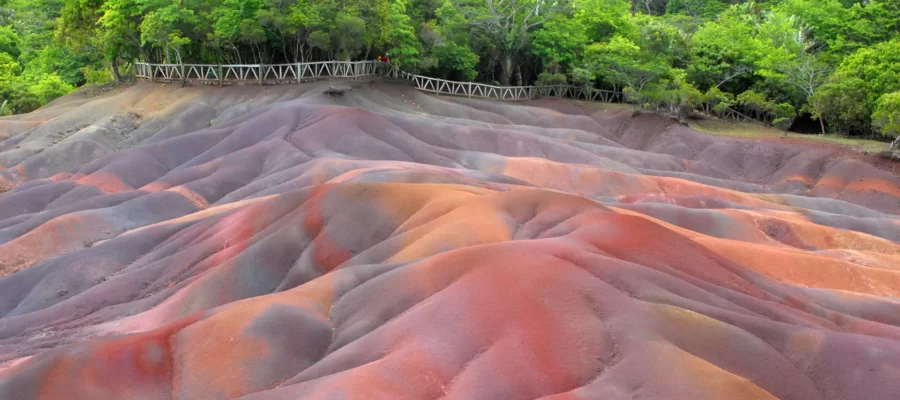
Mauritius, a stunning island nation in the Indian Ocean, is not only renowned for its beautiful beaches but also for its natural wonders and landmarks. Here, we highlight some of the captivating features that make Mauritius a unique destination.
One of the most famous natural wonders is the Chamarel Seven Colored Earths. Located in the southwest of the island, this geological marvel consists of sand dunes with varying colors, ranging from red and brown to purple and blue. It creates a mesmerizing sight that attracts visitors from around the world.
Another notable landmark is Le Morne Brabant, a striking mountain located on the southwestern tip of Mauritius. This UNESCO World Heritage site holds historical significance as a refuge for escaped slaves in the past. The mountain’s majestic presence and breathtaking views make it a popular hiking destination for adventurous travelers.
Black River Gorges National Park is another gem in Mauritius. This protected area spans over 6,500 hectares and showcases the island’s lush greenery, indigenous forests, and scenic viewpoints. The park is home to numerous endemic species of plants and animals, making it a haven for nature lovers and hikers.
Tamarin Bay, situated on the west coast, is known for its resident dolphin population. Visitors can take boat tours to observe these fascinating marine creatures in their natural habitat. It’s an unforgettable experience that allows for a close encounter with dolphins.
Lastly, the Pamplemousses Botanical Garden, also known as Sir Seewoosagur Ramgoolam Botanical Garden, is a must-visit attraction. Established in the 18th century, it is one of the oldest botanical gardens in the Southern Hemisphere. The garden boasts a remarkable collection of indigenous and exotic plants, including the famous giant water lilies.
Cultural and Historical Sites:
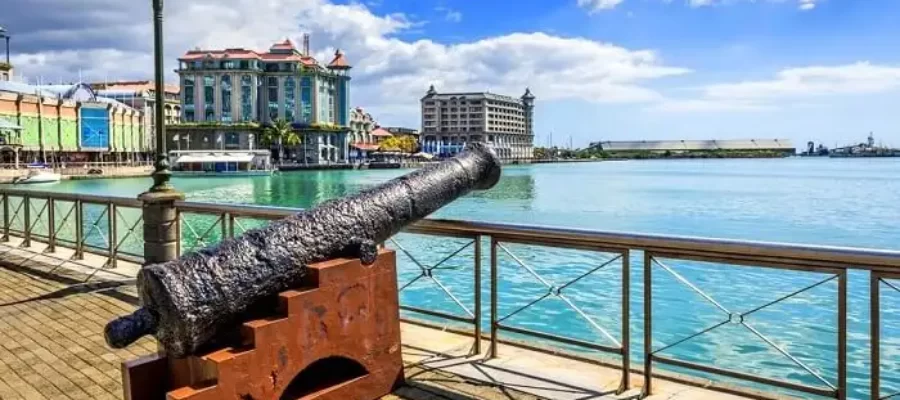
Mauritius, a vibrant and multicultural island nation in the Indian Ocean, is not only blessed with natural beauty but also boasts a rich cultural and historical heritage. Here, we delve into some of the cultural and historical sites that showcase the island’s fascinating past.
The Aapravasi Ghat, located in Port Louis, is a UNESCO World Heritage site that holds immense historical significance. It served as an immigration depot during the 19th and early 20th centuries when indentured laborers arrived from India, Africa, China, and other countries. Today, it stands as a memorial and museum that sheds light on the island’s history of indentured labor and migration.
The Eureka House, situated in Moka, is a well-preserved colonial mansion that offers a glimpse into Mauritius’ colonial past. Built in the 1830s, the house showcases the lifestyle and opulence of the island’s French and British rulers. Visitors can explore its elegant rooms, antique furniture, and lush gardens.
The Jummah Mosque, located in Port Louis, is one of the oldest mosques in Mauritius. Built-in 1850, it is a significant religious and cultural landmark for the Muslim community. Its architecture reflects a fusion of Indian, Islamic, and Creole influences.
The Château de Labourdonnais, situated in Mapou, is a grand estate that dates back to the 19th century. This beautifully restored mansion provides a glimpse into the island’s agricultural history, particularly the cultivation of sugar cane. Visitors can explore the house, stroll through the orchards, and learn about the traditional rum-making process.
The SSR Memorial Centre for Culture, also known as the Mahatma Gandhi Institute, honors the legacy of Sir Seewoosagur Ramgoolam, the first Prime Minister of Mauritius. Located in Moka, the center showcases exhibits on the life and achievements of this influential figure in Mauritius’ struggle for independence.
These cultural and historical sites in Mauritius offer a window into the island’s diverse heritage, from its colonial past to its multicultural present. Exploring these landmarks allows visitors to gain a deeper appreciation for the island’s history, traditions, and the blending of different cultures that shape its identity today.
Adventure and Wildlife Experiences:

While known for its beautiful beaches and turquoise waters, Mauritius also offers a range of thrilling adventure and wildlife experiences. Here, we explore some of the activities that allow visitors to engage with the island’s natural wonders and diverse wildlife.
Mauritius is a fantastic destination for water sports enthusiasts. Snorkeling and diving provide opportunities to explore vibrant coral reefs teeming with colorful marine life. The Blue Bay Marine Park, located in the southeast, is a popular spot for snorkeling, where you can encounter tropical fish, turtles, and even dolphins. For those seeking more adrenaline, kiteboarding and windsurfing are popular activities along the island’s windy coasts.
Nature lovers can embark on hikes and nature trails to discover Mauritius’ lush landscapes. The Black River Gorges National Park offers picturesque hiking routes with stunning viewpoints, waterfalls, and endemic flora and fauna. Trekking to the summit of Le Morne Brabant, a UNESCO World Heritage site, provides breathtaking views and a sense of accomplishment.
Mauritius is also home to several wildlife reserves and sanctuaries. The Vallée de Ferney, located in the southeast, is a conservation area where visitors can embark on guided nature walks to spot endemic bird species and other wildlife. The Casela Nature Park offers a range of adventurous activities, including ziplining, quad biking, and interactions with lions and other animals.
For a unique wildlife encounter, visitors can explore the île aux Aigrettes Nature Reserve, a small island off the coast of Mauritius. This protected sanctuary is home to several endangered species, including the Pink Pigeon and the Aldabra giant tortoise. Guided tours offer an educational experience about the island’s conservation efforts and the importance of preserving its unique biodiversity.
Insider Tips for Traveling in Mauritius:
Best Time to Visit:

The best time to visit Mauritius largely depends on personal preferences and the activities you plan to engage in. However, the general consensus is that the best time to visit Mauritius is during the shoulder seasons of spring (April to June) and autumn (September to November), when the weather is pleasant and the crowds are relatively smaller.
During these seasons, the temperatures in Mauritius are generally mild, ranging from the mid-20s to low 30s Celsius (mid-70s to low 90s Fahrenheit). The humidity is also lower compared to the hot and humid summer months, providing more comfortable conditions for outdoor activities.
If you are interested in water sports such as snorkeling, diving, or swimming, the months of December to March offer warmer sea temperatures and calmer waters. However, this period is also the peak tourist season, so expect larger crowds and higher prices.
The winter months in Mauritius, from June to August, can be cooler with average temperatures around 20-25 degrees Celsius (68-77 degrees Fahrenheit). Although it is the low season, it can still be a good time to visit for those who prefer quieter beaches and are not primarily focused on water activities.
It’s important to note that Mauritius experiences a tropical climate, so rainfall can occur throughout the year. However, the peak cyclone season is from January to March, so it’s advisable to keep an eye on weather forecasts during this period.
In conclusion, the best time to visit Mauritius is during the shoulder seasons of spring and autumn, when the weather is pleasant, and the crowds are smaller. However, the island offers something unique throughout the year, so it ultimately depends on your preferences and the activities you plan to enjoy during your visit.
Visa and Travel Requirements:
Before traveling to Mauritius, ensure that you have the necessary travel documents, including a valid passport and visa if required. Visitors from many countries are granted visa-free entry for a specific period. It’s advisable to check the visa requirements well in advance and make the necessary arrangements.
Getting Around Mauritius:
Car Rental: Renting a car is a popular choice for exploring the island independently. Several car rental companies offer a range of vehicles to suit different budgets. Just keep in mind that in Mauritius, driving is on the left side of the road, and a valid international driving license or a locally issued driving license is required.
Taxis: Taxis are widely available in Mauritius and can be found at airports, hotels, and popular tourist areas. It’s recommended to negotiate and agree on the fare with the driver before the journey begins or ensure the taxi meter is used.
Public Buses: Mauritius has an extensive bus network that covers most parts of the island. The bus system is relatively affordable and a popular choice among locals and tourists. Buses are color-coded based on their routes, and schedules and fares can be obtained from the National Transport Authority (NTA) or bus terminals.
Tourist Shuttles: Some hotels and resorts offer complimentary or paid shuttle services to popular tourist destinations and attractions. These shuttles provide a convenient option for visitors who prefer organized transportation.
Scooter/Motorcycle Rental: Renting a scooter or motorcycle can be a fun and flexible way to explore Mauritius, especially in more congested areas. However, it’s essential to follow traffic rules and wear helmets for safety.
Bicycle Rental: Some tourist areas offer bicycle rentals, which can be an enjoyable way to explore coastal paths and quieter regions of Mauritius.
Walking: In certain areas, such as towns, cities, and smaller coastal towns, walking can be a pleasant option for short distances.
It’s important to note that during peak tourist seasons, roads can be busier, so it’s advisable to plan your journeys accordingly and allow for extra time. Additionally, using GPS or maps for navigation can be helpful, especially when exploring less familiar areas.
Overall, with various transportation options available, getting around Mauritius offers flexibility and convenience, allowing visitors to explore the island’s diverse attractions and natural beauty.
Cultural Etiquette and Local Customs:
When visiting Mauritius, it’s important to be mindful of the local customs and cultural etiquette to show respect and ensure a positive interaction with the locals. Here are some cultural etiquettes and local customs to keep in mind:
Greetings: Greet people with a warm smile and a handshake. Mauritians appreciate polite and friendly interactions.
Clothing: Dress modestly, especially when visiting religious sites or entering local communities. It is respectful to cover your shoulders and knees.
Religion: Mauritius is a multicultural and multireligious country. Respect the religious practices and customs of the locals. If visiting temples or mosques, remove your shoes before entering and dress modestly.
Language: English and French are widely spoken in Mauritius, along with Creole. Learning a few basic phrases in Creole or French can be appreciated by the locals.
Dining Etiquette: If invited to a local’s home for a meal, it is customary to bring a small gift, such as flowers or a box of sweets. Accept food and drinks with your right hand, and avoid touching food with your left hand, as it is considered unclean.
Punctuality: Being punctual is valued in Mauritius, so it’s polite to arrive on time for appointments and meetings.
Public Displays of Affection: Public displays of affection should be kept to a minimum, as they are not common or culturally accepted in Mauritius.
Photography: Always ask for permission before taking someone’s photograph, especially when capturing images of locals.
Tipping: Tipping is not mandatory but is appreciated for good service. Leave a small tip at restaurants or give a small amount to taxi drivers or other service providers.
Environmental Awareness: Mauritius is known for its pristine natural beauty. Be mindful of your impact on the environment by avoiding littering and respecting nature conservation efforts.
By observing these cultural etiquettes and local customs, you will not only show respect for the local traditions but also have a more meaningful and positive experience during your visit to Mauritius.
Conclusion
Mauritius is a tropical paradise that offers a perfect blend of natural beauty, cultural heritage, and thrilling experiences. This ultimate travel guide has provided you with an overview of the top attractions, insider tips, and suggested itineraries to help you plan your dream trip to Mauritius. Whether you’re seeking relaxation on pristine beaches, thrilling adventures, or a cultural immersion, Mauritius promises an unforgettable journey filled with beauty, warmth, and enchantment.
Let us know your requirements. Our experts will curate the perfect itinerary for you.





